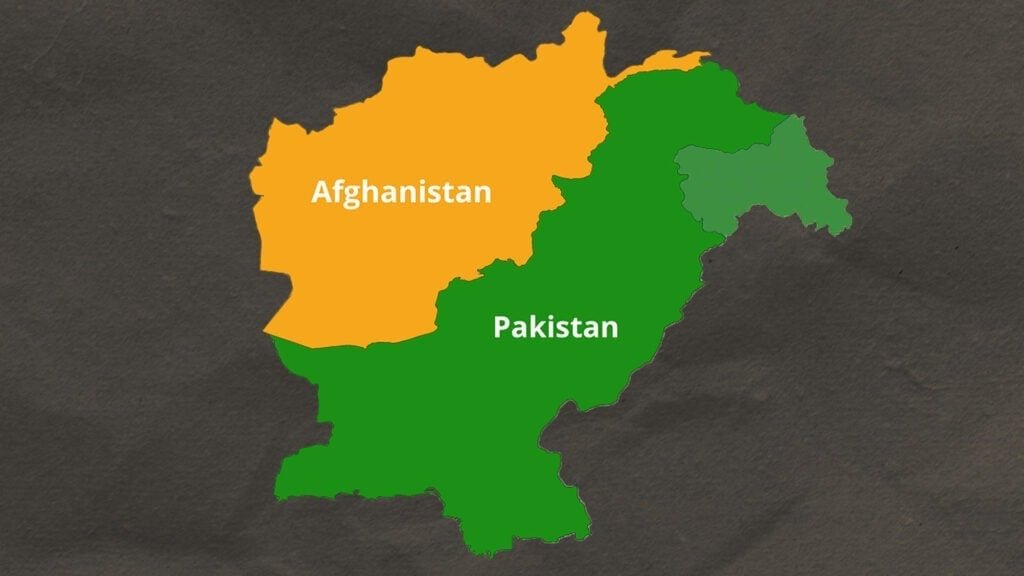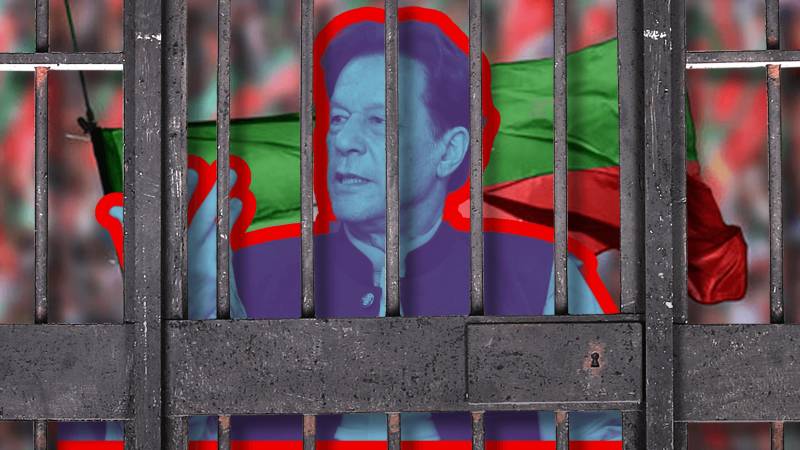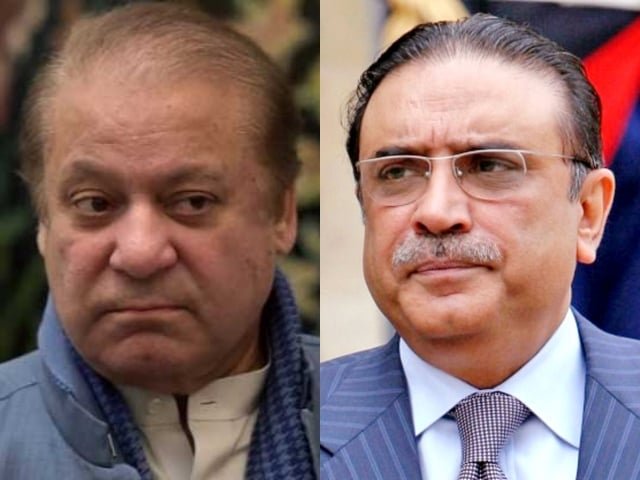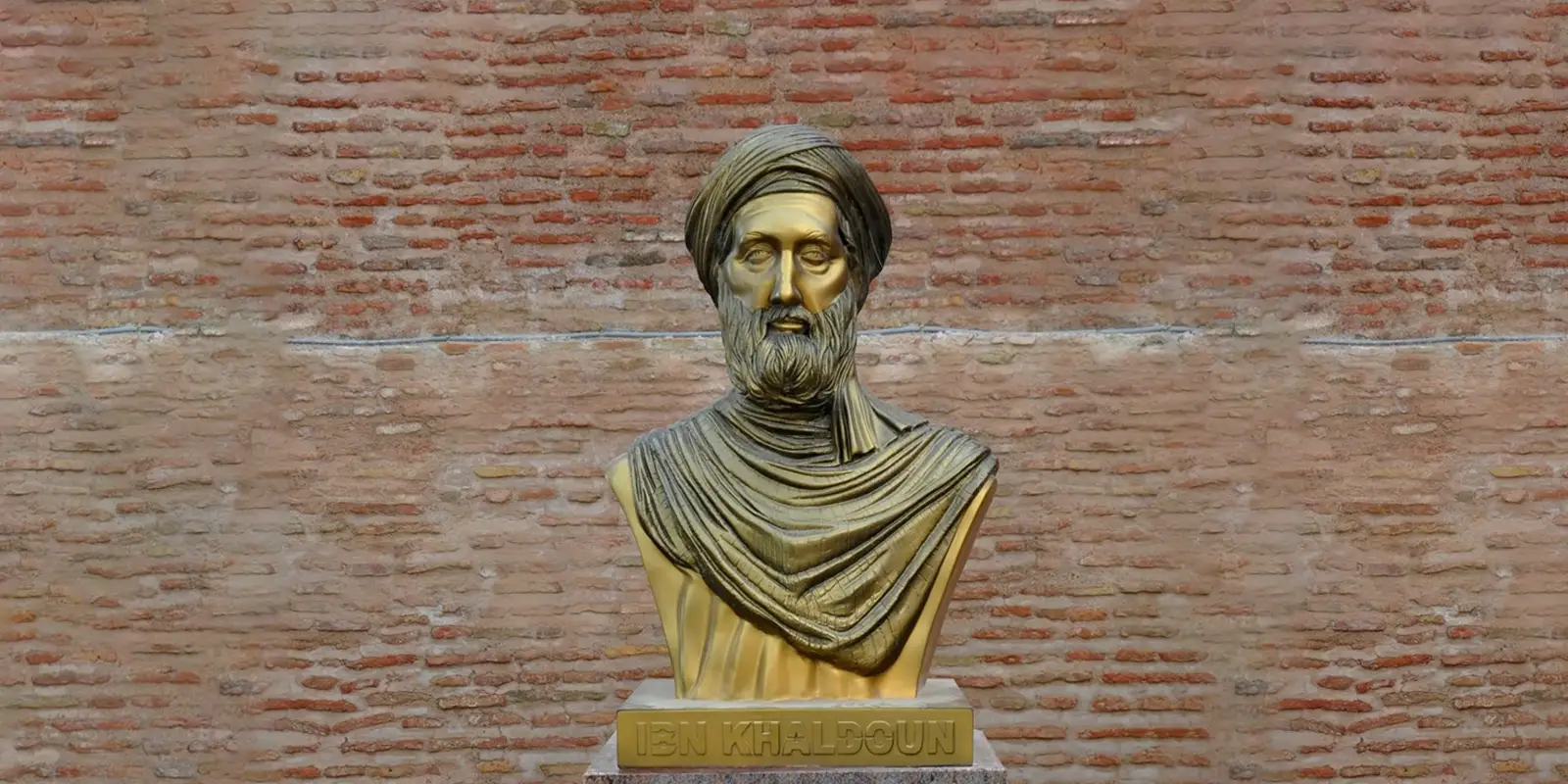Rizwan Mudassir
After considerable debate and manoeuvring over the past few weeks, the government has successfully passed the 26th amendment to the Constitution through both houses of parliament, achieving the necessary two-thirds majority. However, it might be premature for the government to celebrate this ‘victory’, as the implications of the amendment could undermine its significance.
The amendment itself has become a source of relief for some, being condensed from an initial draft of 50 clauses to a more manageable 22. This reduction was largely influenced by the concerns of coalition partners, with significant input from Maulana Fazlur Rehman of the Jamiat-e-Ulema-i-Islam-Fazl (JUI-F). His party’s support was crucial in garnering the votes needed for the majority, leading to colorful descriptions by the Maulana, who characterized the amendment process as “defanging the black snake.”
In contrast, the opposition from Pakistan Tehreek-i-Insaaf (PTI) describes the process of consultation as heavily one-sided, filled with offers of material benefits and intimidation tactics not just aimed at MPs but also extending to their families. These pressures led most PTI members to boycott the proceedings, with only a few present to cast opposing votes.
At its core, the focus of the 26th amendment is on the judiciary. Among other changes, Article 175A has been modified to alter the Judicial Commission of Pakistan (JCP). The revised structure will now include four Members of Parliament (MPs)—two from the ruling coalition and two from the opposition. This raises questions about whether the existing composition of the JCP, which includes the Chief Justice of Pakistan and several other legal figures, will remain intact alongside the newly introduced members.
Another crucial change involves the appointment process for the Chief Justice. Previously, the senior-most judge would automatically ascend to the position upon retirement of the incumbent. The new system will rely on a Special Parliamentary Committee of 12 members—eight from the National Assembly and four from the Senate—who will select one of the three senior-most judges as a recommendation to the Prime Minister, who will then forward it to the President. This change aims to introduce a degree of political oversight into what was traditionally a judicial choice.
There are deadlines that accompany these new rules. The Committee is required to send its recommendation for the next Chief Justice no later than 14 days before the incumbent’s retirement. However, due to the urgent context surrounding Chief Justice Qazi Faiz Isa’s impending retirement, the government has expedited this timeline, allowing a recommendation to be submitted as close as three days prior to the retirement date.
The tenure of the Chief Justice has also been changed. The 26th amendment sets a three-year term, regardless of age, unless the individual resigns or is removed. This establishes a clearer, albeit potentially more politically influenced, timeframe for holding the Chief Justice accountable.
The amendments also allow the JCP, now featuring parliamentary representatives, to establish criteria for assessing judicial candidates. If a High Court judge’s performance is deemed unsatisfactory, the JCP can grant a designated improvement period. Failure to improve would result in a report to the Supreme Judicial Council, which holds the authority to remove judges. Moreover, the minimum age for appointment of High Court judges is now lowered from 45 to 40.
A significant addition is Article 191A, which enables the creation of Constitutional Benches within the Supreme Court. These benches will include judges nominated for specific terms and will be vital in exercising the suo motu jurisdiction of the Supreme Court, previously held solely by the Chief Justice. Similar setups may emerge within provincial High Courts, contingent upon resolutions passed by the provincial Assemblies.
Critics argue that the 26th amendment represents a troubling encroachment of executive power over the judiciary, likely with backing from the establishment. The long-term consequences for judicial independence may soon become clear, and they don’t appear promising. However, it’s essential to recognize that the judiciary itself has contributed to its vulnerability, given its inconsistent history.
Historically, the judiciary has often legitimized military rule and martial law, going so far as to empower General Pervez Musharraf to amend the Constitution. Following Musharraf’s dismissal of Chief Justice Iftikhar Muhammad Chaudhry, a significant movement arose to restore him, only for this to lead to subsequent governance challenges, including the Reqo Diq crisis.
The actions of other Chief Justices, such as Khosa and Saqib Nisar, have demonstrated a tendency to exceed their authority, often influenced by political pressures. Early in Pakistan’s history, Chief Justice Munir’s doctrine of necessity had a lasting impact, drastically reshaping judicial processes.
In the ongoing power struggle between the executive branch and the judiciary, with the establishment hiding behind the executive’s decisions, accountability is lacking on all sides. The past transgressions of both branches highlight a critical realization: the lack of competence in building and defending institutions, contrasted by a remarkable ability to dismantle them.
In essence, while the 26th amendment may offer immediate legislative success for the government, its long-term implications point toward a worrying trend regarding the balance of power. The path forward will require careful scrutiny as the repercussions of this shift unfold.















